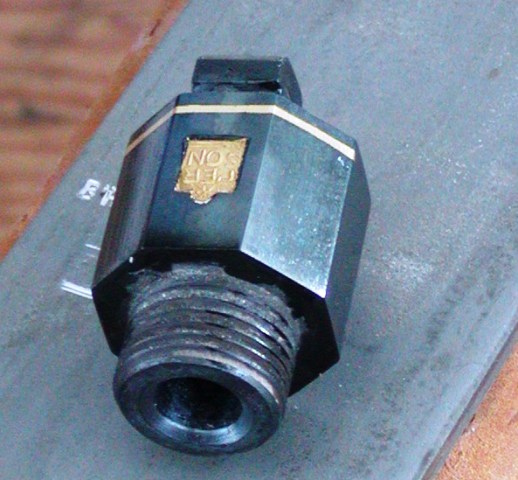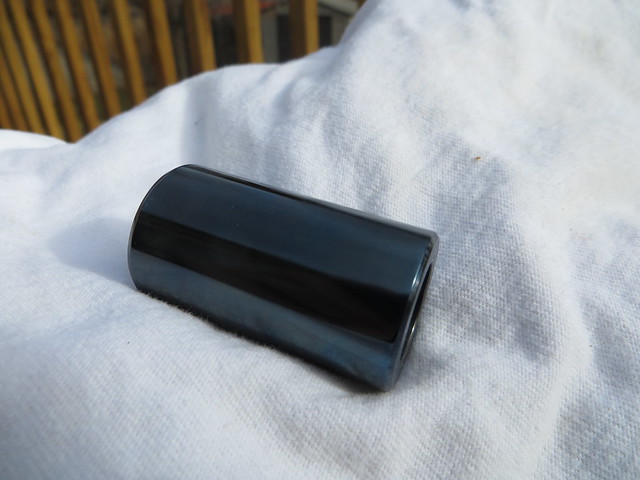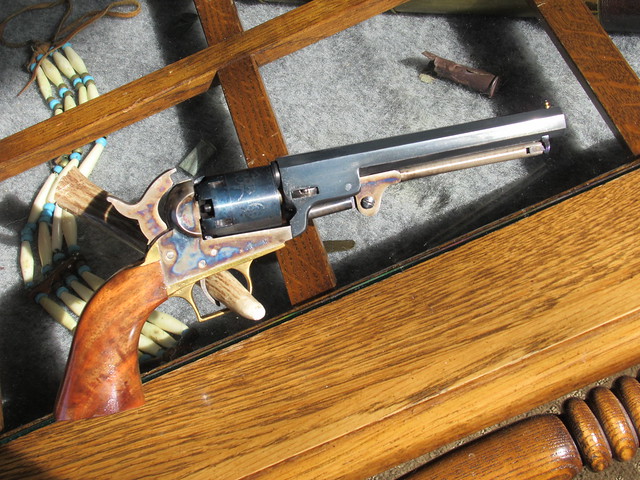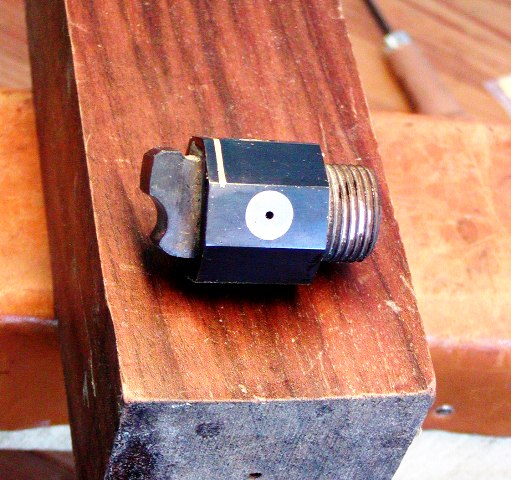- Joined
- Nov 26, 2005
- Messages
- 5,263
- Reaction score
- 11,126
Hi,
I am learning to charcoal blue the steel hardware on the late flint English rifle I am finishing up. I did a bit of experimenting and found that a temp of 790-800 degrees worked best. I polished the breech with stones and oil up to 800 grit. I degreased it intially, and packed the breech, which is made of 4140 steel, in a metal box with bone charcoal. I heated it to 790-800 for 1 hour in my oven, took it out, let it cool a bit, then removed the breech and carded it with light oil and pumice stone. At first I did not use the oil but simply the dry powder, but I found the oil seemed to darken the blue. I then wiped it clean and returned it to the pack for another cycle. I did 5 cycles to get the color you see. I then let it cool a bit, wiped it clean, and then coated it with tung oil while still very warm. In a day or so, I will buff it with a canvas rag.
dave

I am learning to charcoal blue the steel hardware on the late flint English rifle I am finishing up. I did a bit of experimenting and found that a temp of 790-800 degrees worked best. I polished the breech with stones and oil up to 800 grit. I degreased it intially, and packed the breech, which is made of 4140 steel, in a metal box with bone charcoal. I heated it to 790-800 for 1 hour in my oven, took it out, let it cool a bit, then removed the breech and carded it with light oil and pumice stone. At first I did not use the oil but simply the dry powder, but I found the oil seemed to darken the blue. I then wiped it clean and returned it to the pack for another cycle. I did 5 cycles to get the color you see. I then let it cool a bit, wiped it clean, and then coated it with tung oil while still very warm. In a day or so, I will buff it with a canvas rag.
dave





 IMG_0241
IMG_0241 IMG_0400
IMG_0400
